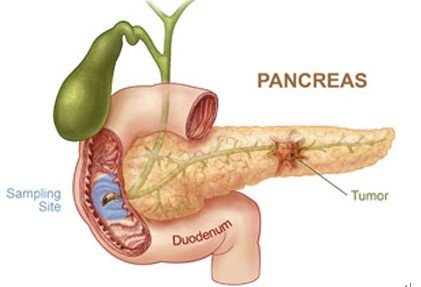The pancreas is a vital digestive organ in human body, located deep in the upper abdomen and surrounded by spleen, liver, gallbladder and duodenum. Unlike liver, gallbladder or gastrointestinal organs, it’s seldom mentioned in our daily life, so it is a mysterious and strange organ for many people.
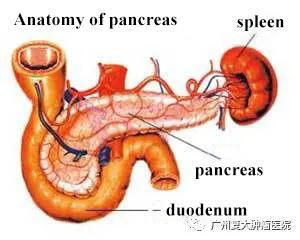
When pancreatic cancer occurs, patients will not feel it at first due to its special position and biological characteristics. When abdominal pain, jaundice, thin and other symptoms appear and gradually aggravate, most people may think that their stomach has a problem so they may visit gastrointestinal department as a result of missing the chance of proper treatment.
Suffering from acute pancreatitis
Xiao Yang, 36, was admitted to a local hospital two years ago for an attack of acute pancreatitis and has improved after treatment. "I like hot pot, and my diet is not very regular. When acute pancreatitis attacked, I passed out because of pain." Xiao Yang told us that he also developed diabetes after pancreatitis.
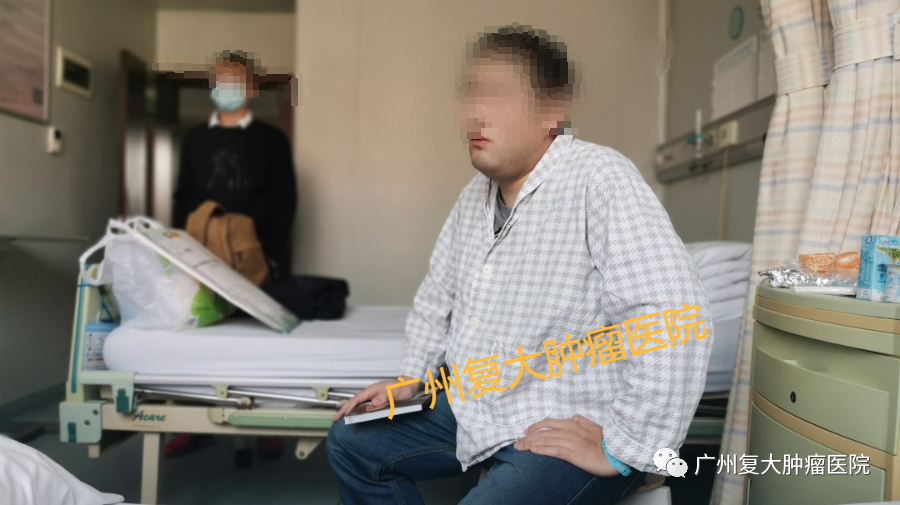
In fact, acute pancreatitis puts the body into a state of stress, leading to insulin resistance and damage to its own beta cells, which in return leads to high blood sugar. Foreign studies have shown that patients with acute pancreatitis often suffer from pre-diabetes or diabetes after discharge. Moreover, within 5 years after the first attack of acute pancreatitis, the risk of diabetes in patients increases by more than two times. Therefore, we should pay more attention to it in clinical practice.
Later, Xiao Yang's pancreatic MRI indicated focal pancreatic nodules with distal caudal atrophy. "The doctor just said there was an occupation space, but he didn't make it very clear, and I haven't had any symptoms since the onset of disease." Due to the lack of understanding of the disease and no discomfort, Xiao Yang received regular review.
Exploratory laparotomy indicated that the tumor cannot be removed
In July 2020, Xiao Yang underwent a needle biopsy at a Beijing hospital due to the growing mass of his pancreas, which indicated a malignant epithelial tumor. "I was worried when the doctor said the report was in favor of an acinar cell tumor." Xiao Yang then underwent two cycles of chemotherapy but with little effect.
Following the guidance of the local doctor, Xiao Yang underwent exploratory laparotomy in September 2020 and knew that the tumor was located in the pancreatic body and tail with a size of about 8~10cm. Due to the very close relationship with the posterior gastric wall and multiple metastases, the tumor is hard to removed by surgery, so Xiao Yang did not get treatment during laparotomy. "It’s hard to treat in this case so the surgeons opened my belly and sutured it up. Their efforts were all in vain."
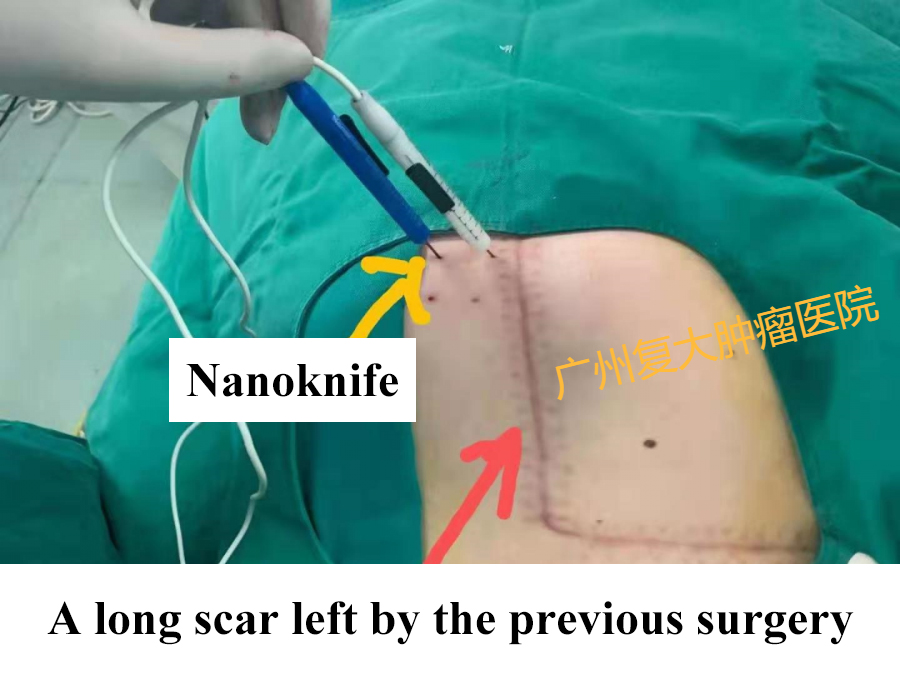
Not willing to give himself up, Xiao Yang searched for more information on pancreatic cancer on various platforms. Finally, he found it on a short video platform, and then learned about irreversible electroporation (Nanoknife ablation) from Guangzhou Fuda Cancer Hospital. With hope and admiration for Professor Xu Kecheng, Xiao Yang came to our hospital at the end of 2020.

Killing pancreatic cancer by Nanoknife ablation
After admission, Xiao Yang completed relevant examinations, and the ultrasound report showed that there was about 7.2×7.1×5.5cm hypoechoic solid mass in the pancreatic body. The posterior wall of stomach is closely related to the pancreas, and it is difficult to separate the tumor from the tail. The tumor invades the root of the mesentery of transverse colon and is difficult to be removed by surgery.
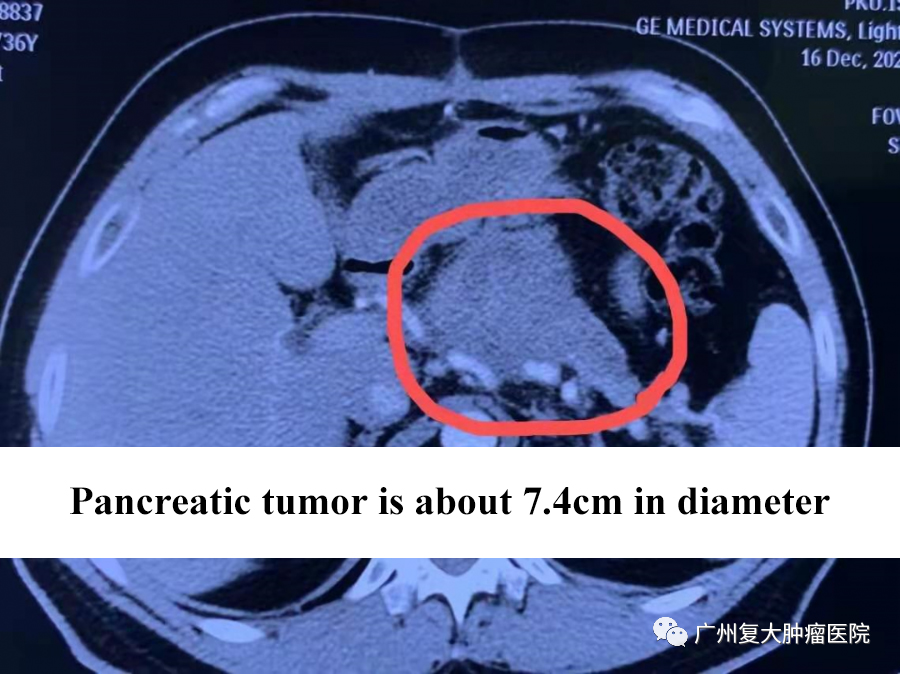
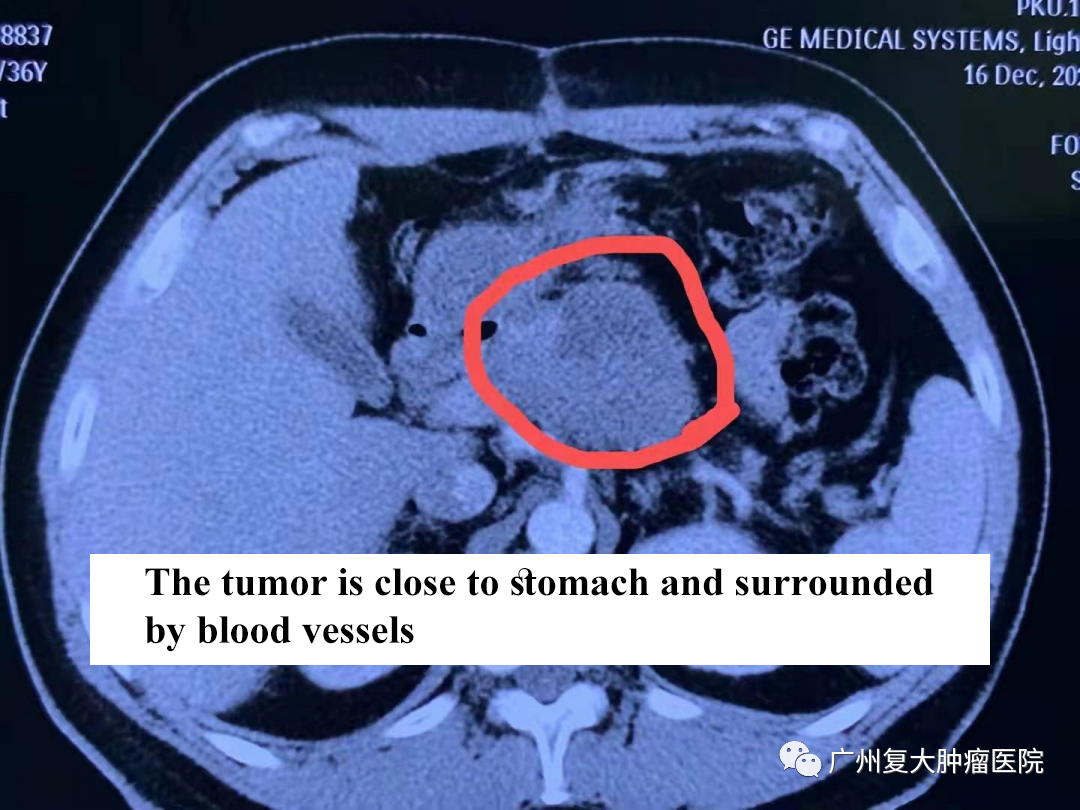
Before treatment
What to do if surgery is not accessible? Dr. Niu Lizhi, president of Fuda Cancer Hospital noted that Nanoknife ablation is a minimally invasive procedure, also known as Irreversible Electroporation (IRE). Its rationale goes like as follows: during the procedure, high electric-field and ultrashort pulses are given to destroy lipid bilayer structure of cancer cell membrane and form numerous irreversible nano-sized pores in the cell membrane. Cell membrane permeability will be changed to allow molecules of different sizes free access to cells, which will lead to cell death. Therefore, it can be applied to treat tumors in solid organs such as pancreas, liver, kidney and prostate, and is especially suitable for tumors adjacent to great blood vessels, bile duct, pancreatic duct and hepatic portal vein without damages to important structures.
After learning about the Nanoknife ablation, especially knowing that the whole treatment process is monitored in real time under the guidance of ultrasound or CT imaging equipment, Xiao Yang felt relieved. "The imaging equipment is at least more accurate and efficient than the naked eye."
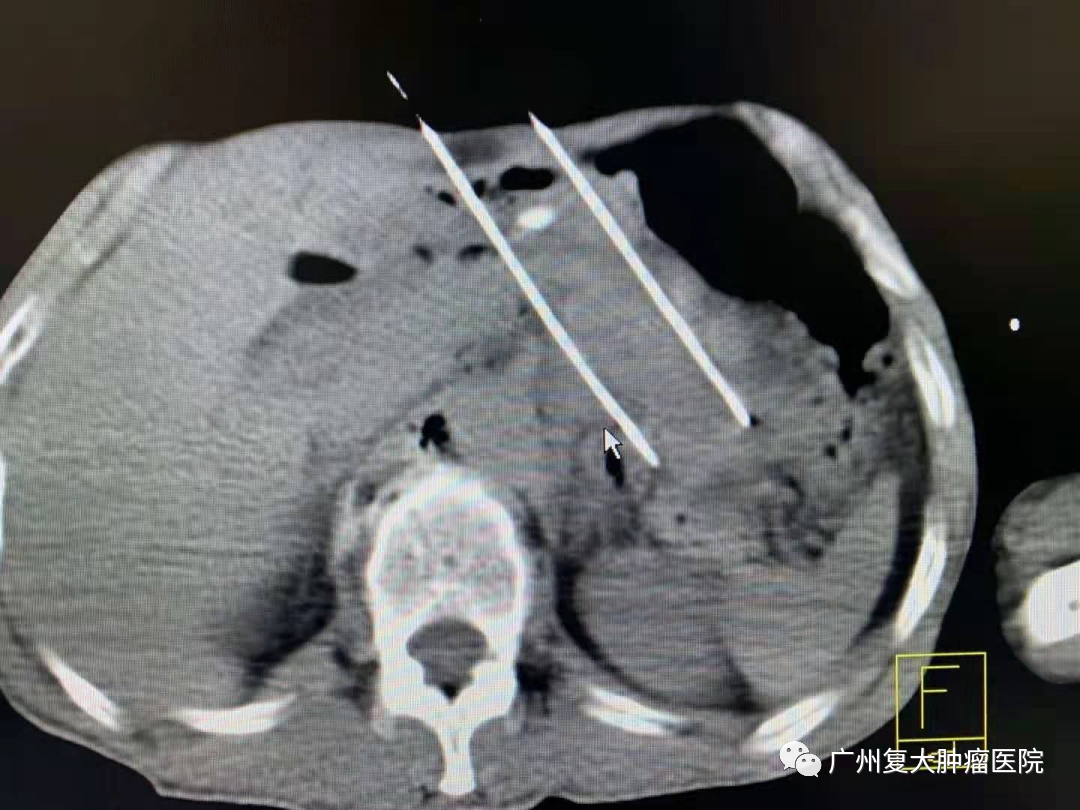
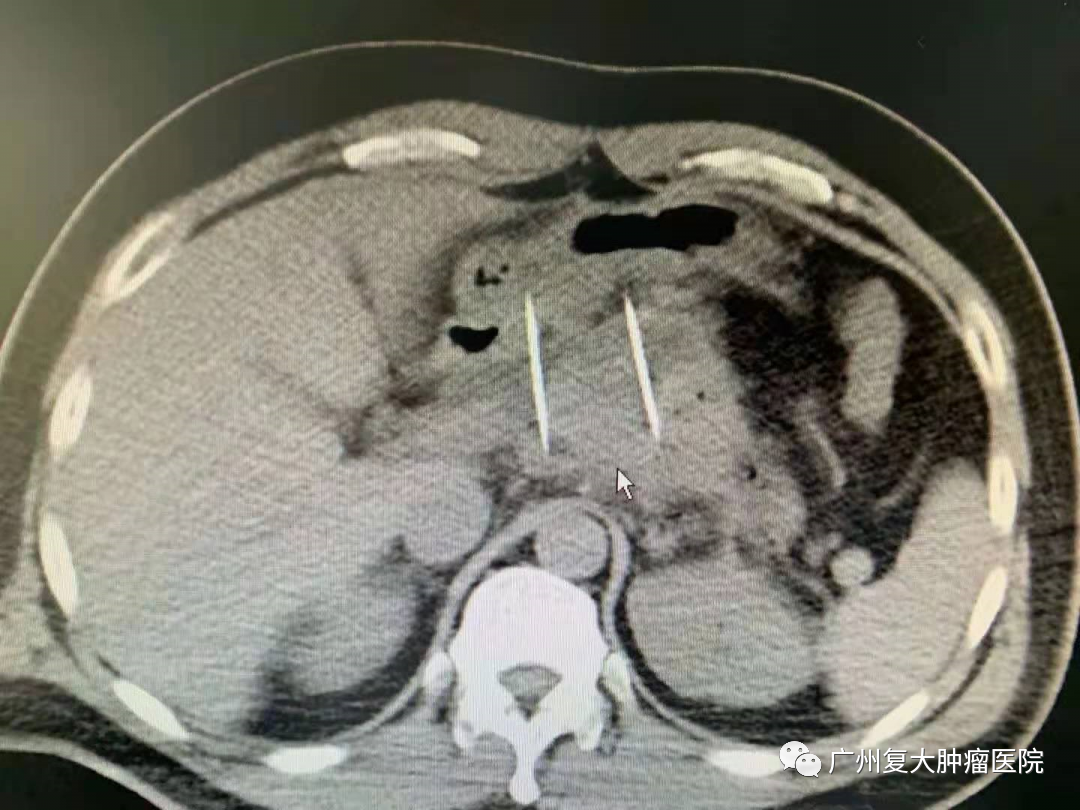
During treatment
In order to reduce the tumor burden and slow down the development of the disease, Dr. Niu performed Nanoknife ablation on pancreatic tumor and retroperitoneal nerve plexus block for Xiao Yang four days after his admission. Less than one week after surgery, his upper abdominal CT scan + enhancement showed most lesions were coagulated and necrotic with little enhancement in the marginal area.
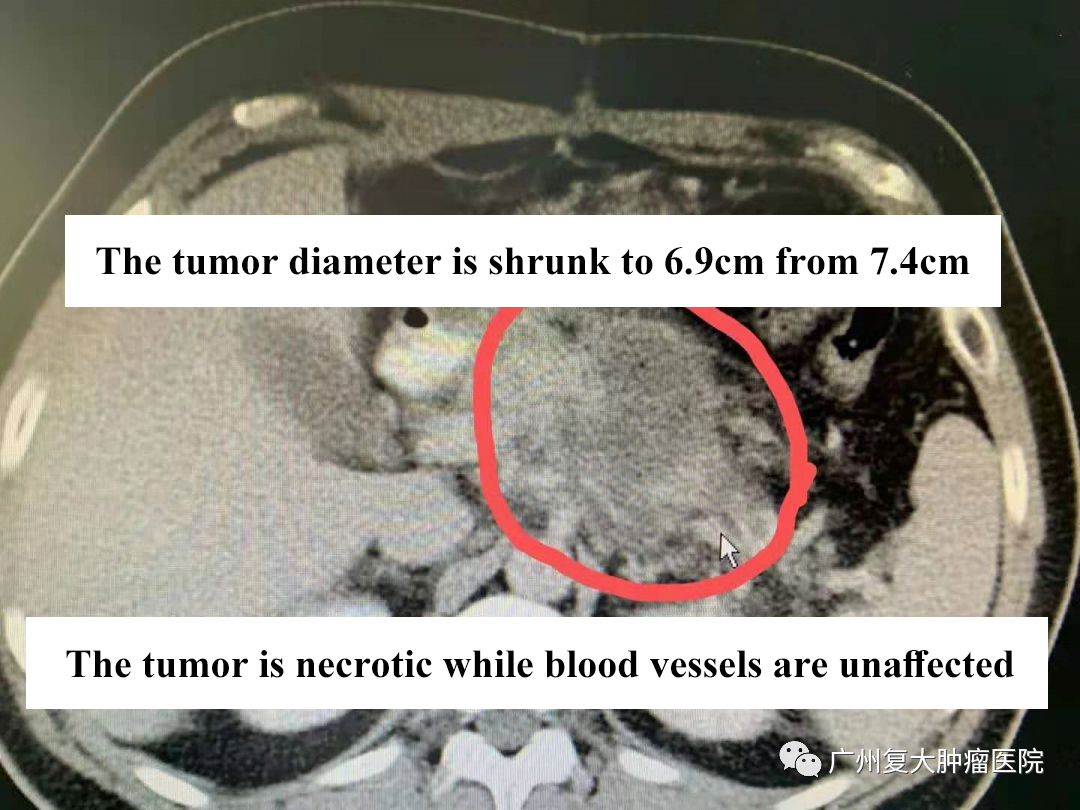

After treatment
"After watching the film, I was less stressed. I didn't have to worry so much about the rapid tumor growth," Xiao Yang said in surprise and satisfaction. He witnessed the advancement of Nanoknife ablation in Guangzhou Fuda Cancer Hospital from the continuous growth of the tumor to the shrinking and solidified necrosis of the tumor, which also made him full of expectation for the next stage of treatment.

The process of Nanoknife ablation of pancreatic cancer is extremely complex and difficult, which has higher requirements on the comprehensive diagnosis and treatment ability of surgeon teams and hospitals. With rich experience in clinical practice, the Nanoknife ablation team led by Dr. Niu published a book called New Technique of Cancer Ablation – Irreversible Electroporation, the first book on Nanoknife in mainland China, following the new trend of international treatment.
